Trim around Pocket Door and Doorway?
mtpam2
11 years ago
Featured Answer
Comments (9)
Fori
11 years agoRelated Professionals
El Sobrante Kitchen & Bathroom Designers · Palm Harbor Kitchen & Bathroom Designers · Pleasant Grove Kitchen & Bathroom Designers · Vineyard Kitchen & Bathroom Designers · Wentzville Kitchen & Bathroom Designers · South Farmingdale Kitchen & Bathroom Designers · Adelphi Kitchen & Bathroom Remodelers · Lakeside Kitchen & Bathroom Remodelers · Oklahoma City Kitchen & Bathroom Remodelers · Vienna Kitchen & Bathroom Remodelers · Gibsonton Kitchen & Bathroom Remodelers · Wanaque Interior Designers & Decorators · Chicago Ridge General Contractors · Country Walk General Contractors · Prichard General Contractorsmtpam2
11 years agobrickeyee
11 years agogypsy_jazz
11 years agobrickeyee
11 years agogypsy_jazz
11 years agohags00
11 years agomtpam2
11 years ago
Related Stories
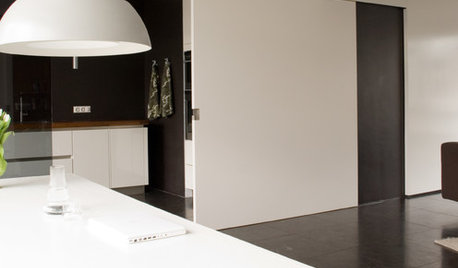
DESIGN DETAILSThe Secret to Pocket Doors' Success
Pocket doors can be genius solutions for all kinds of rooms — but it’s the hardware that makes all the difference. See why
Full Story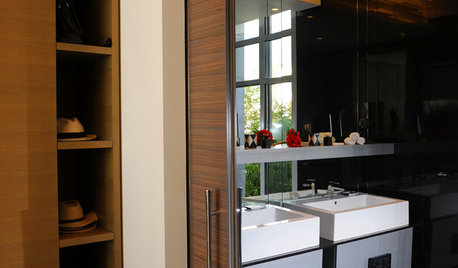
DOORSDiscover the Ins and Outs of Pocket Doors
Get both sides of the pocket door story to figure out if it's the right space separator for your house
Full Story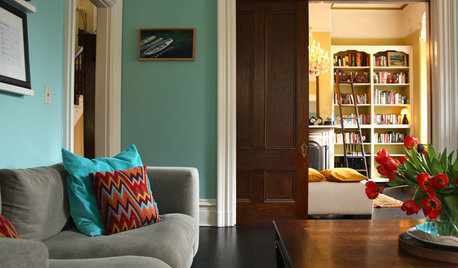
REMODELING GUIDESPocket Doors and Sliding Walls for a More Flexible Space
Large sliding doors allow you to divide open areas or close off rooms when you want to block sound, hide a mess or create privacy
Full Story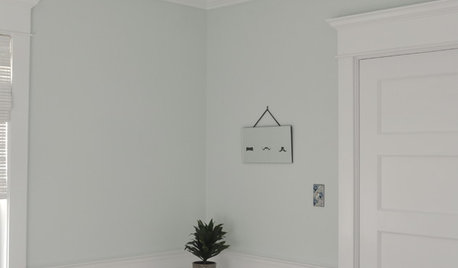
REMODELING GUIDESRenovation Detail: Arts and Crafts Interior Trim
Utilitarian doesn't have to mean afterthought with window and door trim that highlights finely crafted interior openings
Full Story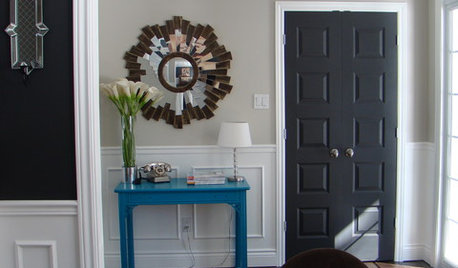
MOST POPULAR11 Reasons to Paint Your Interior Doors Black
Brush on some ebony paint and turn a dull doorway into a model of drop-dead sophistication
Full Story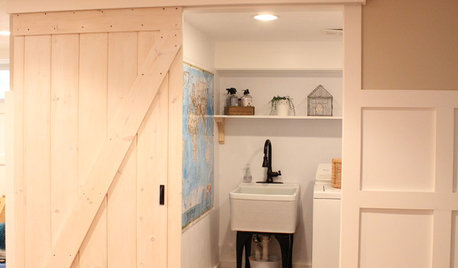
DIY PROJECTSMake Your Own Barn-Style Door — in Any Size You Need
Low ceilings or odd-size doorways are no problem when you fashion a barn door from exterior siding and a closet track
Full Story
GREAT HOME PROJECTSHow to Create a Secret Doorway Behind a Bookcase
Hide your valuables (or unsightly necessities) in a room or nook that no one will guess is there
Full Story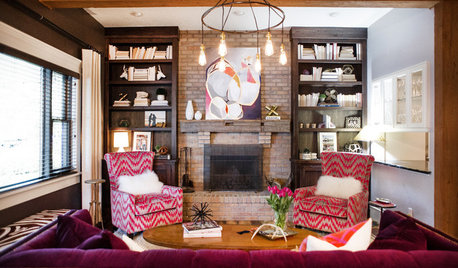
LIVING ROOMSNew This Week: 3 Ways to Work Around a Living Room Fireplace
The size, location and materials of many fireplaces present decorating challenges. Here are a few solutions
Full Story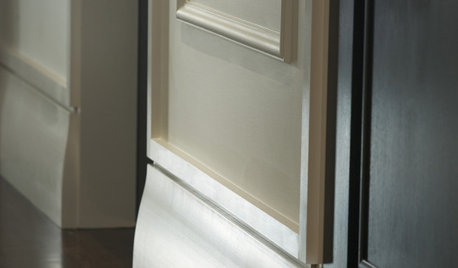
TRIMInterior Trim: 8 Must-Know Elements
Softening transitions and creating a finished look, interior trim for walls, windows and doors comes in many more options than you may know
Full Story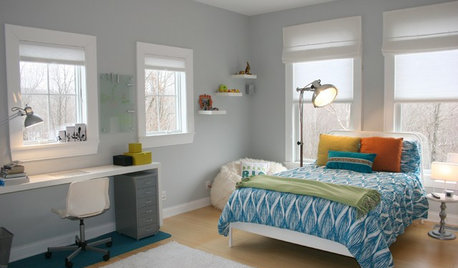
TRIMTrim Color Tips: Get Your White Trim Right
Set off wood tones, highlight architectural features, go minimalist ... white trim is anything but standard when you know how to use it
Full StorySponsored
Your Industry Leading Flooring Refinishers & Installers in Columbus
More Discussions









gypsy_jazz